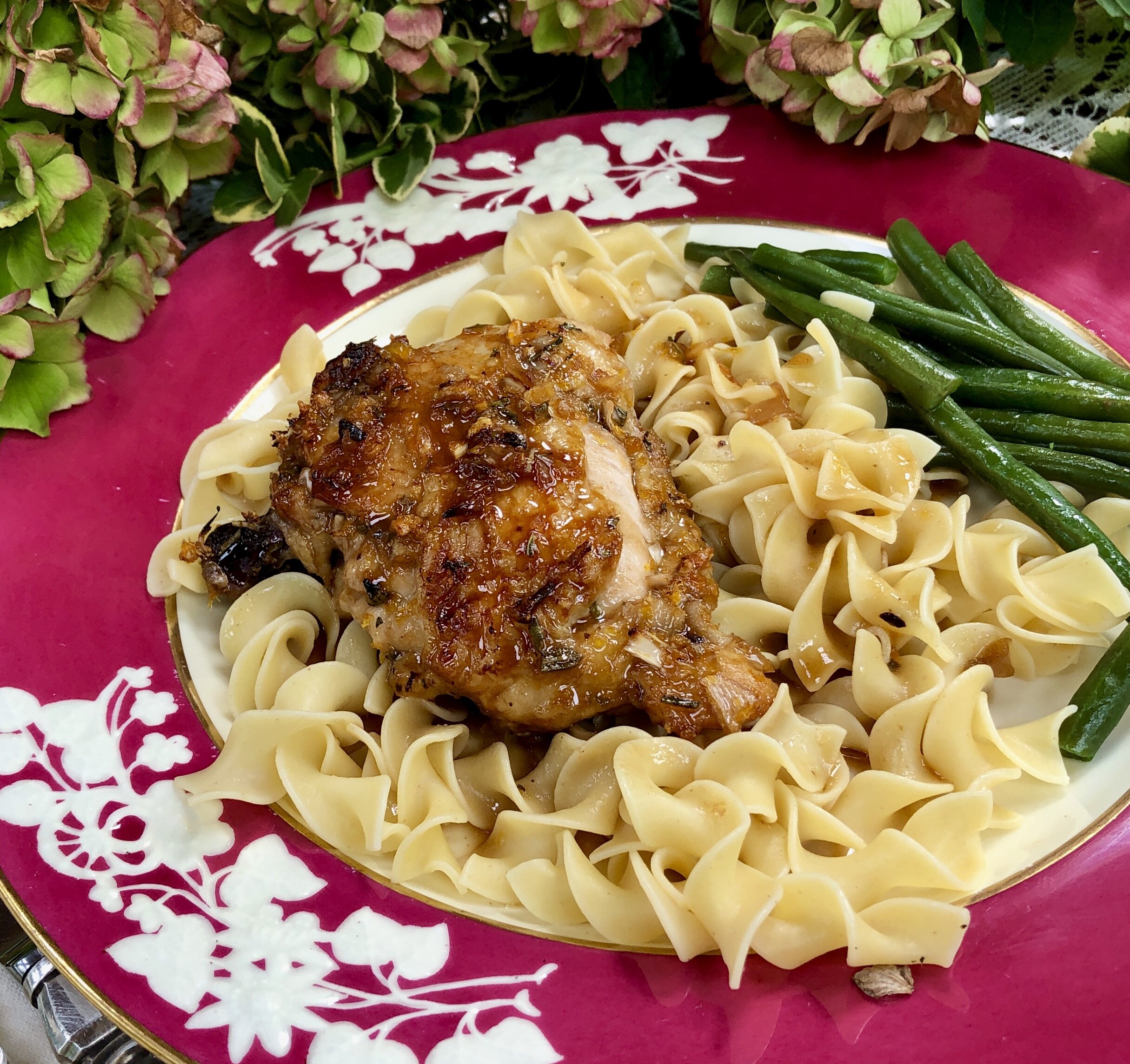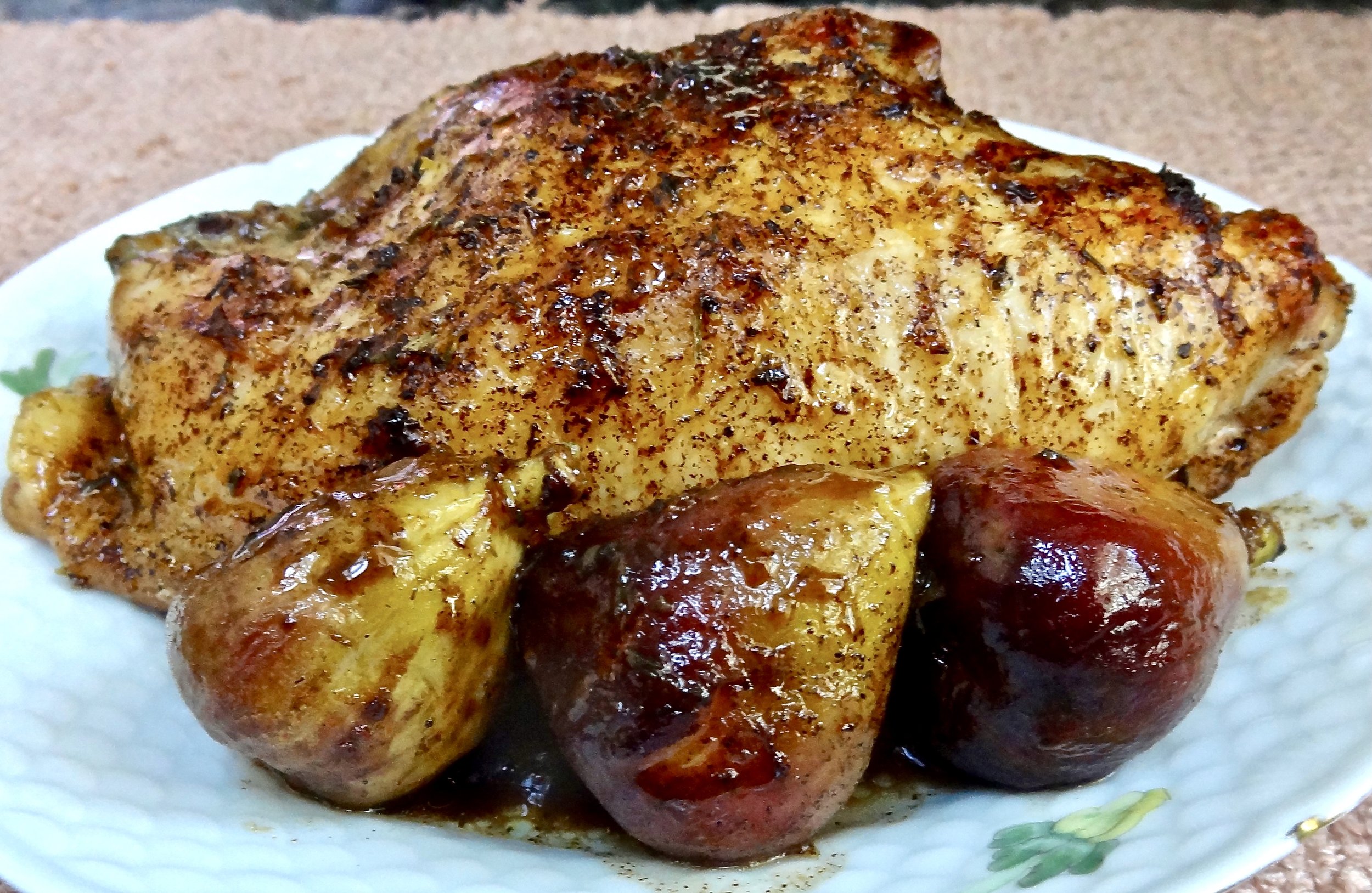Dukkah is the new goat cheese. Or maybe the new kale chips or sun-dried tomatoes.
What I mean is, dukkah is the “new” culinary discovery, the rage. It’s hot!
I’ve been reading about dukkah in lots of places recently, like the Huffington Post and New York Times. I’ve even written about it myself — for the Connecticut Post and as a guest blogger for my Kosher Connection colleague Yosef Silver’s blog, This American Bite.
I’m always amused and amazed at trends, culinary or otherwise. Like the 1980’s cabbage patch doll craze. And I mean craze. When the dolls were in short supply, parents and grandparents scrambled in a frenzy to buy them and paid all sorts of scalper prices for them.
My Dad waited on line outside Macy’s for over four hours so he could get these dolls for my daughters.
Four hours.
But he got them.
Today would have been his birthday, so, good for you Dad, such a good father and grandfather, and Happy Birthday.
But back to trends …
Culinary trends can be just as energizing and quick to catch on. Suddenly everyone wants a taste of whatever it is that’s “new.” Like goat cheese, first imported from France in the 1980s. It caught on like a California wildfire. The French had always eaten goat cheese, so it really wasn’t new. But it was for us Americans, who take it for granted now.
Same with sun-dried tomatoes, another biggie from the late 1970s, long known in Italy, but a “new” trend here.
And now there’s dukkah. It isn’t “new” either. It’s a traditional, well-loved spice blend popular in Egypt and in other parts of the Middle East. But it’s fairly new for us.
Dukkah is a blend of nuts, seeds and spices. The recipe is incredibly flexible, like any spice blend. It’s typically used as a dipping mixture for pita bread (or other flatbread that you dip in olive oil first). But I use dukkah to season fish, meat, poultry and vegetables.
Because dukkah is so flavorful, you need just a small amount for seasoning, (I sprinkle about one tablespoon’s worth over a cut up chicken). It’s much too bold for use as a coating (like for fried fish or boneless chicken breasts). But you can mix in a couple of tablespoons to perk up plain bread crumbs.
I don’t know if dukkah is one of those hot food trends that’s here to stay (like hoisin sauce) or not (think blackened fish).
Whether or not, it is good, interesting and worth a taste. Here’s my recipe. Store unused portions in a tightly covered container in the refrigerator. Nuts get rancid quickly, especially in the warm weather.
Dukkah Crusted Chicken
Dukkah
1/4 cup shelled pistachios
1/4 cup whole hazelnuts
2 tablespoons sesame seeds
1 tablespoon ground coriander
1-1/2 teaspoons ground cumin
1 teaspoon kosher salt
1/4 teaspoon freshly ground black pepper
1/4 teaspoon paprika
Place the pistachios and hazelnuts in an unoiled pan and cook over medium heat, shaking the pan occasionally, for 2-3 minutes. Add the sesame seeds and cook for another 2-3 minutes or until the ingredients are lightly toasted. Remove the pan from the heat and place the pas aside to cool. Place the mixture in a food processor or spice grinder and process until finely chopped. Mix in the coriander, cumin, salt, pepper and paprika. Makes just under one cup



